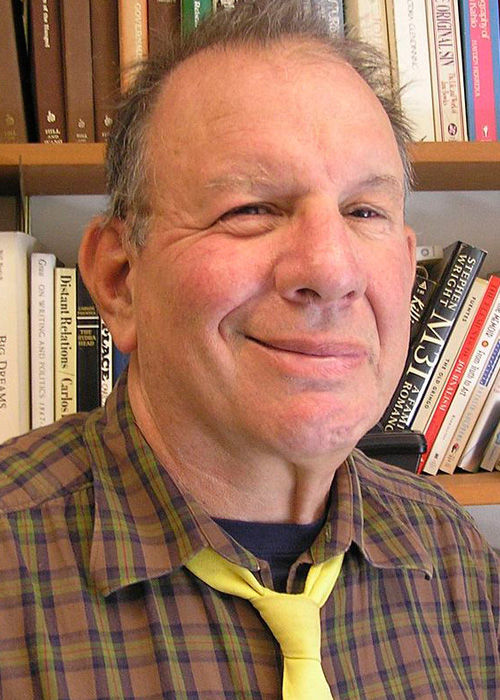If you grow tomatoes, consider growing marijuana. Skill is required, but it’s not rocket science. The legal limit varies from city to city. It’s best to check with the authorities, or go to sonomacounty.ca.gov/Cannabis/Personal-Use-and-Cultivation/ for information. The site states that, “Permits are not required for personal cultivation” on land outside city limits.
“I always throw a few marijuana plants in with my tomatoes,” Michelle Taylor told me. The mother of two boys, aged five and seven, she has grown marijuana indoors and outdoors near Sebastopol for years. “My marijuana plants blend in with my vegetables,” she added. “I call it companion planting.”
This year she’s growing again, but she has downsized.
Some cities, like Windsor, have made it illegal to grow marijuana outdoors. Plants can emit a strong odor that some find offensive, though others describe it as perfume.
Unfortunately, plants can also be a temptation to thieves. They come in the night, cut them down and haul them away. No doubt about it, marijuana creates far more headaches than tomatoes. It’s also far more valuable than tomatoes; as much as $1,000 a pound.
If you can’t grow outdoors legally on your land, negotiate with a friend or a relative about cultivating on his or her property. Marijuana is labor intensive; it helps to have a partner willing to share chores. Watering is time consuming, unless the plants are on a timer.
Be on the same page with a partner and agree on the best ways to cultivate. I’ve witnessed arguments between veteran growers, all of whom insisted that their method was the only method.
There’s no single correct way.
Marijuana can be grown from seeds or from clones. If you grow from clones — branches cut from a mother plant — you have the advantage of knowing ahead of time that the plants are female and will produce more potent flowers than male plants.
Dispensaries in Sebastopol and Santa Rosa sell clones. Prices vary. There’s also an underground market for clones. It might be intriguing to try to connect to someone who breeds them and sells them. Out of curiosity, I Googled, “Buy clones online” and came up with several sites that look trustworthy.
Think of the project as an adventure. You won’t know exactly where it will end, but that’s the risk almost all farmers take. You’ll learn about marijuana from your experience. Better than a textbook.
My father was the first marijuana grower I knew. On a five-acre plot that he and my mother owned in west county, where he grew vegetables and fruit trees, he also cultivated marijuana. He wanted to supplement his Social Security check that looked smaller and smaller every month. During the Prohibition of alcohol in the 1920s, he had been a bootlegger, so a marijuana prohibition didn’t stop him from growing pot.
Two hippies who owned a natural foods store in Monte Rio gave my dad seeds. Since he had the greenest of thumbs he didn’t need anyone to hold his hand and tell him what to do. His crop was a secret from my mother. I learned about it three months before he died. He took me through the steps that had to be completed during the summer months and then into the fall for harvest.
Almost all the neighbors were also growing marijuana; we got to know one another and shared information.
It’s an exaggeration to say that everyone is growing marijuana today, but it’s not an exaggeration to say that every kind of person is growing: old, young, men, women, gay, straight, Anglos, Latinos, African Americans and more.
Shivawn Brady serves on the Sonoma County Cannabis Advisory Group. She’s also the director of operations at a marijuana farm on the outskirts of Santa Rosa. The owners are lawyers from Chicago.
For first-time growers, Brady offered a to-do list.
“Select a sunny spot,” she said. “Make sure it’s invisible from the road, enclose the area with a fence, develop the soil ahead of time and grow organically without harmful pesticide and herbicides.”
I’d add: have a reliable source of water. And relax.
If you want great soil, go to Biologic Crop Solutions in Santa Rosa. Talk to Jasmina Cerda who studied biology at UC Santa Cruz and who knows everything about growing marijuana. She also knows lots about herbs, herbal medicines, soils, humus, microbes, worm castings and compost tea. Cerda encourages people to grow their own vegetables as well as their own marijuana.
“It’s sexy to have a garden and not have to go to the store to buy stuff,” she told me.
Cerda is confident that her business will succeed, even as small growers are forced out of the industry.
“The big growers will want organic soil,” she said. She added, “I’m an optimist, but it’s hard to be optimistic when regulators are making it difficult, if not impossible for families to grow a crop they’ve been growing for decades.”
Even if you don’t get high, and don’t use the flowers as medicine, the marijuana plant is beautiful to behold.
Jonah Raskin, a professor emeritus at Sonoma State University, is the author of Marijuanaland, Dispatches from an American War, published in French as well as English, and shares story credit for the feature length pot film Homegrown.









